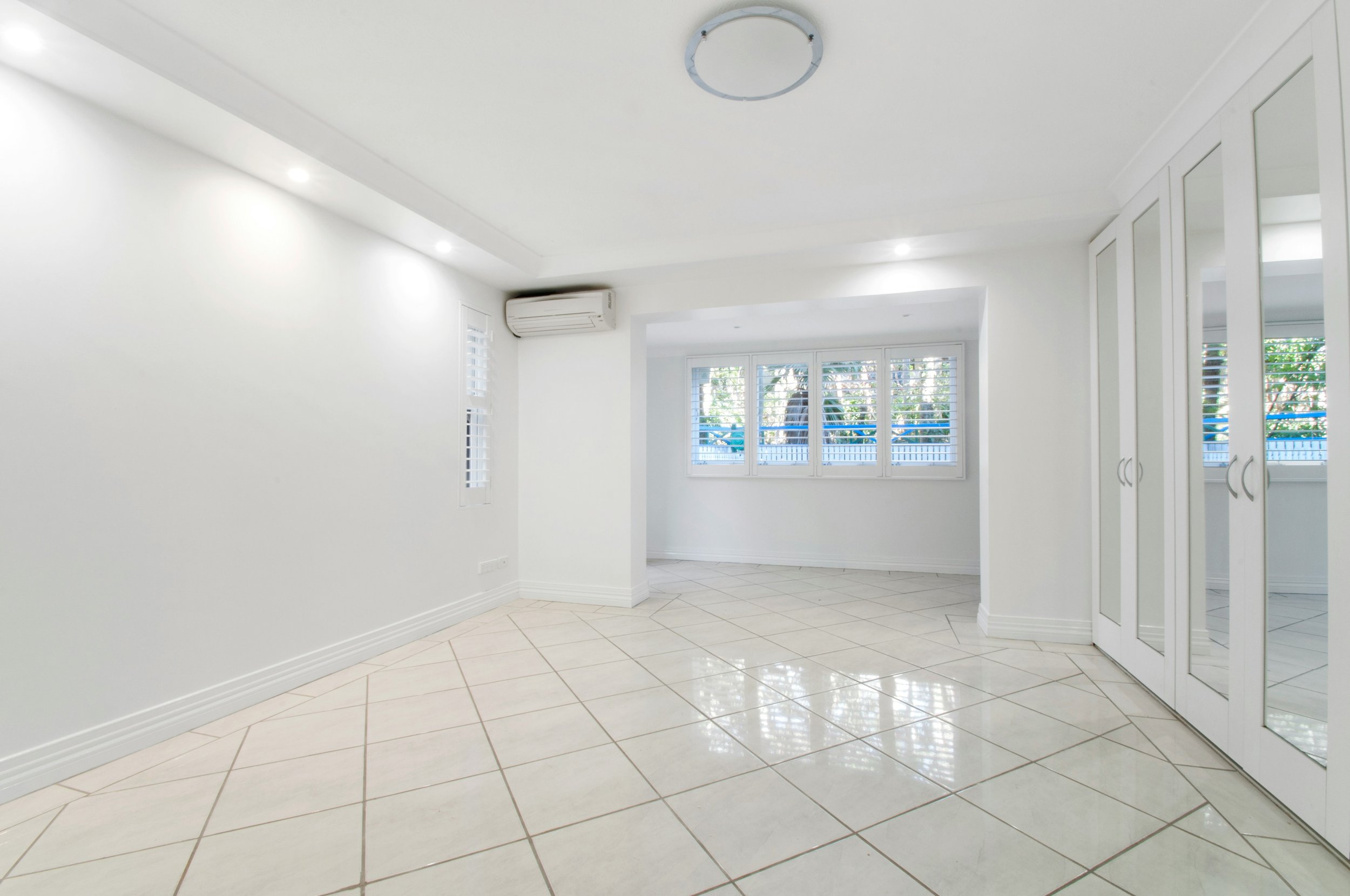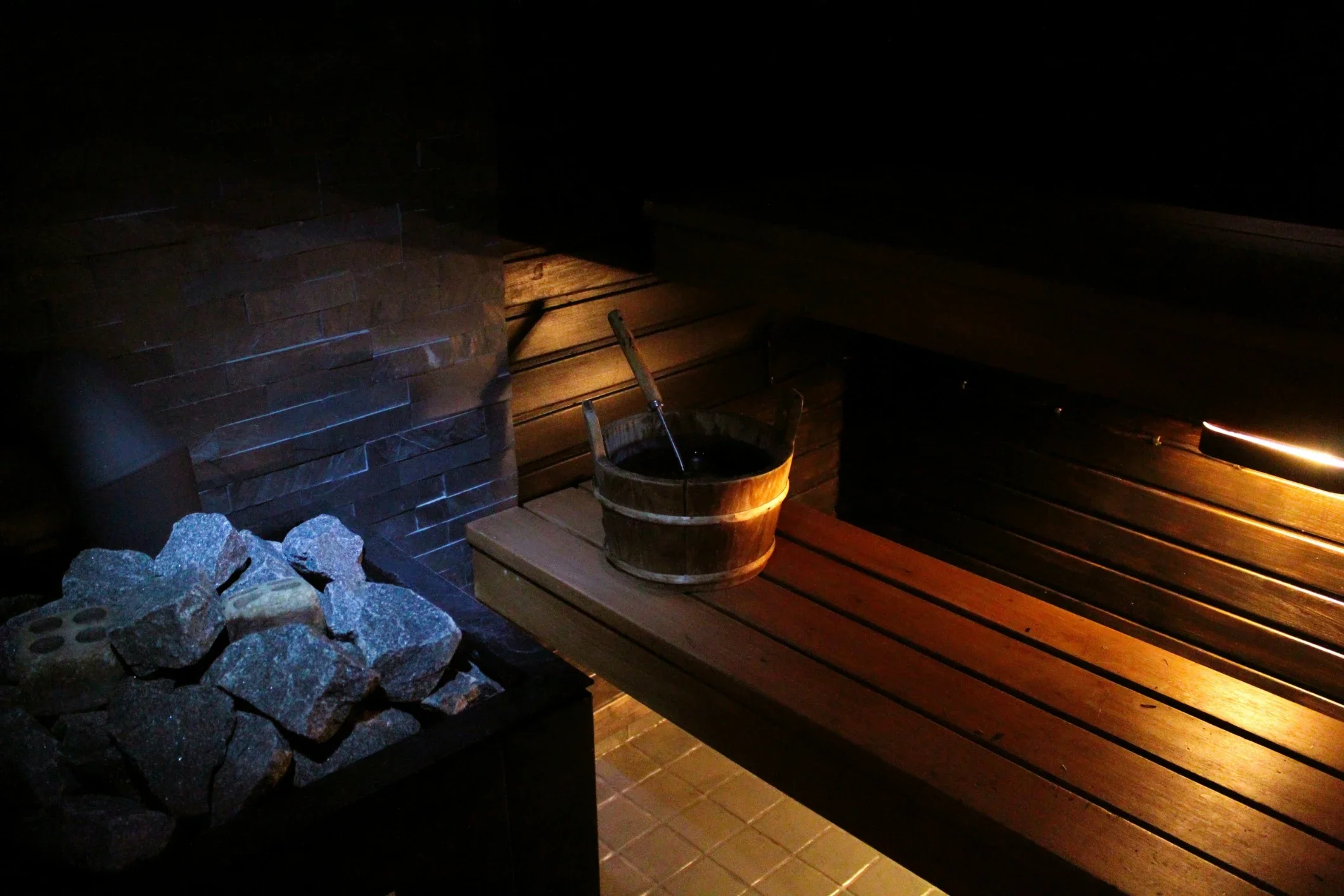How to Remove Tile Floor Like a Pro
Discover expert techniques for removing tile flooring effectively. Learn step-by-step instructions and handy tips in this comprehensive guide on how to remove tile floor.
Fed up with the outdated tile flooring overshadowing your style? Eager to revitalize your space with a modern look? Fear not! In this comprehensive guide, we'll unveil the secrets to removing tile floors with the finesse of a seasoned professional. From assembling the necessary tools to conquering stubborn adhesive, we've got you covered at every stage of the process. So, don't hesitate—roll up your sleeves, channel your inner DIY enthusiast, and let's dive into the world of tile floor removal. With our expert guidance and practical tips, you'll be well-equipped to tackle this home improvement project with confidence and achieve the refreshed aesthetic you've been dreaming of. Say goodbye to outdated tile flooring and hello to a brand new beginning for your space—it's time to get cracking and unleash your creativity!
Getting Started: Preparing to Tackle the Tile
Before delving into the intricacies of tile removal, it's essential to take a moment to gather our thoughts and equip ourselves for the task at hand. Here's a rundown of what you'll need to get started: Firstly, gather protective gear, including safety goggles, gloves, and a dust mask, to shield yourself from debris and dust. Next, acquire essential tools such as a hammer, chisel, pry bar, and a tile scraper or floor scraper to aid in the removal process. Additionally, consider renting or purchasing a tile saw if you anticipate needing to cut through tiles during the removal. Finally, have a sturdy container or trash bags on hand for disposing of broken tiles and debris. By ensuring you have the necessary supplies and protective equipment, you'll be well-prepared to tackle the tile removal project efficiently and safely.
Gather Your Tools
Hammer
Chisel
Pry bar
Floor scraper
Safety goggles
Gloves
Dust mask
Bucket
Trash bags
Clear the Space
Remove any furniture, rugs, or other obstacles from the area to give yourself ample space to work. Cover nearby surfaces with protective materials to prevent damage from falling debris.
Step-by-Step Guide: How to Remove Tile Floor
Now that we're prepped and ready to roll, let's dive into the process of removing tile flooring. Follow these step-by-step instructions to tackle the task like a pro:
1. Start by Breaking the Ice
Using a hammer and chisel, begin the tile removal process by carefully breaking a few tiles in the center of the room to establish a starting point. Work methodically and with precision, aiming to break the tiles into manageable pieces without causing damage to the underlying subfloor. Position the chisel at the edge of a tile and gently tap it with the hammer to create a fracture. Gradually increase the force until the tile breaks into smaller pieces. Repeat this process for adjacent tiles, gradually expanding the area of tile removal outward from the center of the room. Take care to work systematically and avoid exerting excessive force, as this could potentially damage the subfloor. By breaking the tiles into manageable pieces, you'll make the removal process more manageable and minimize the risk of causing unintended damage to the underlying structure.
2. Pry and Pop
Once a starting point has been established, employ a pry bar to lift and extract the broken tiles, systematically progressing outward from the center of the room. Exercise patience and precision throughout this process, ensuring that surrounding tiles and the subfloor remain unharmed. Position the pry bar beneath the broken tile, applying gentle pressure to lift it from the adhesive beneath. Work gradually and methodically, repeating the lifting motion for each broken tile until they have all been removed. Take care to avoid excessive force, as this could cause damage to adjacent tiles or the underlying subfloor. By working diligently and attentively, you'll effectively remove the broken tiles without compromising the integrity of the surrounding flooring or subfloor.
3. Scrape Away the Adhesive
With the tiles successfully removed, the next step is to address the adhesive residue left behind. Utilize a floor scraper to carefully scrape away the adhesive, working in small sections to ensure thorough removal. Exercise caution to prevent damage to the subfloor during this process. Position the floor scraper at a shallow angle and apply gentle pressure as you glide it across the surface, gradually loosening and lifting the adhesive. Work methodically, focusing on one section at a time, until all traces of adhesive have been effectively removed. Be attentive to any areas where the adhesive may be particularly stubborn, taking care to avoid excessive force that could potentially harm the subfloor. By proceeding with care and diligence, you'll successfully eliminate the adhesive residue, leaving the subfloor clean and ready for the next steps in your renovation project.
4. Clean Up and Dispose
After completing the removal of tiles and adhesive, it's crucial to thoroughly clean the area to eliminate any lingering debris. Utilize a broom or vacuum cleaner to sweep or vacuum the entire surface, ensuring that all loose particles are removed. Take care to inspect corners and crevices where debris may accumulate. Once the area is free of debris, gather the broken tiles and adhesive residue and dispose of them responsibly. Place the broken tiles and adhesive remnants in sturdy trash bags for proper disposal. Consider recycling options for the broken tiles if applicable, and dispose of any hazardous materials according to local regulations. By properly cleaning and disposing of the debris, you'll ensure a clean and safe workspace for the next steps in your renovation project while also minimizing environmental impact.
Conclusion
As we bid adieu to our journey through how to remove tile floor, take a moment to revel in the satisfaction of a job well done. By following the steps outlined in this guide and tackling the task with confidence and determination, you've successfully liberated your space from outdated tile flooring. So, pat yourself on the back, admire your handiwork, and get ready to enjoy the freedom of a fresh new floor!
Frequently Asked Questions
Q: Do I need to wear protective gear when removing tile floor?
A: Yes, it's essential to wear safety goggles, gloves, and a dust mask to protect yourself from flying debris, sharp edges, and dust particles during the tile removal process.
Q: Can I reuse the tiles after removing them?
A: In most cases, tiles cannot be reused after removal, as they may be damaged or broken during the process. However, some salvageable tiles may be suitable for repurposing in other projects.
Q: How do I know if I need to replace the subfloor after removing tile?
A: If the subfloor is damaged or compromised during the tile removal process, it may need to be replaced to ensure a stable foundation for new flooring. Consult with a flooring professional for an assessment if you're unsure.































